The author, 2013.
Mumtaz Ali. (James Talbot)
First Published, 2013.
All rights reserved.
No part of this publication may be reproduced, stored in re- trivial system or transmitted by any means, electronic, photocopying, recording, or otherwise, without the prior written permission of the copyright holders.
eISBN: 978-93-82585-85-5
Book design: J. Menon. www.grantha.com
Published by Magenta Press and Publication Pvt Ltd.,
Cauvery Towers, College Road, Madikeri -57120,
Coorg, Karnataka, India. Ph: +919845831683.
www.magentapress.in .
CONTENTS
Foreword
 he starlit sky is magical; the silvery moongliding out of the clouds is magical; the greattrees, the beautiful birds, the rain, the earthpainted green with lush vegetation, the moving sand dunes in the vast desert, a little childs smile inshort, all things in this world conjured up by the invisiblehand of the master conjurer are magical.
he starlit sky is magical; the silvery moongliding out of the clouds is magical; the greattrees, the beautiful birds, the rain, the earthpainted green with lush vegetation, the moving sand dunes in the vast desert, a little childs smile inshort, all things in this world conjured up by the invisiblehand of the master conjurer are magical.
To conjure up something from nothing and makesomething disappear into thin air is the great art of themagician. Having studied magic under various magicians and researched deep into the subject, I lay bare thesecrets of magic for the reader to enjoy.
The young and the old love magic and would bedelighted to figure out how these mysterious feats areperformed on stage.
Last but not the least, it would help to steer clearof pretenders who expertly perform magic tricks andclaiming that they are miracles, hoodwink the public.The false has to be eliminated before the true isrevealed.
So read on and mystify your friends by levitating orproducing rabbits out of a hat.
James Talbot (Sri M)
This is Real Magic
 undreds of books have been written on magic and thousands of readers have eagerly gone through them in the hope of finding the secrets of great magical feats like levitation (floating in the air), sawing a lady into two pieces and restoring her again and so on. All they generally learn, is either how to make handkerchiefs disappear, find a selected card from a pack of cards and such other sleight of hand tricks; or a lot of stuff about ceremonial magic, black magic, psychic powers and so on which rarely, if ever, can be demonstrated practically. The result is that these great illusions remain closely guarded secrets known only to professional magicians.
undreds of books have been written on magic and thousands of readers have eagerly gone through them in the hope of finding the secrets of great magical feats like levitation (floating in the air), sawing a lady into two pieces and restoring her again and so on. All they generally learn, is either how to make handkerchiefs disappear, find a selected card from a pack of cards and such other sleight of hand tricks; or a lot of stuff about ceremonial magic, black magic, psychic powers and so on which rarely, if ever, can be demonstrated practically. The result is that these great illusions remain closely guarded secrets known only to professional magicians.
The attempt, here, is to explain these great magic tricks clearly, giving step-by-step instructions on how to perform them as effectively as professionals do. It is not the intention of the author either to prove or disprove the existence of psychic powers. This is a practical book on real magic and not one dealing with the obscure and uncertain world of occult phenomena. However, once the secret of the magical feats which are generally given supernatural explanations are discovered, readers who wish to investigate supernatural phenomenon would be better equipped to judge whether a given phenomenon of magical happening, needs any occult agency at all.
Certainly, an expert magician needs to know a great deal of human psychology and may have to depend upon the hypnotic effects of special music, exotic stage settings, personal magnetism etc., however well-equipped, he is with excellent gadgets. He should also be a glib talker and know how to handle the audience.
This does not mean that a stage magician needs to know the art of actually hypnotising a subject. In none of the great illusions, including levitation, is hypnosis made use of. When the audience sees the magician, making passes over his assistant, he is merely pretending to hypnotise. Unless of course, the fascination experienced by a large chunk of the spectators is put down to a mild form of hypnosis.
The methods described here are taken from various sources. The aspiring magician need not confine himself to the very same techniques. Once acquainted with the basics, it would be possible for him to innovate or even invent entirely new techniques for a given effect, or even build up his own original illusions which he may keep a closely guarded secret until someone else discovers it.
The reader who does not want to practise magic but who merely wishes to satisfy his curiosity, would find that, far from losing interest in a magic performance, he would enjoy it much more than when he was ignorant of the secrets. He would learn to appreciate how, although using the simplest of means, the adroit conjurer manages to spin a web of such mystery and magic that he himself, even after knowing the explanation, begins to wonder, if the secret was really so simple.
Before we go to the next chapter, it must be said that the reader who wishes to learn coin tricks, handkerchief tricks, card tricks and such ordinary sleight of hand effects will not find much here. For such readers, there are scores of books in the market.
This book goes directly to the greater illusions. It is however suggested, especially for the benefit of those who wish to be practising magicians, that they acquaint themselves with the elementary books on magic, learn as many small tricks as possible, practise them to perfection, try them out and when they are sure of themselves, add the great illusions which are dealt with here, to their repertoire.
Every magic show consists of a number of smaller tricks which in themselves are quite fascinating and entertaining and some even as baffling as the great illusions. A few great illusions usually come at the end. Therefore, readers who wish to perform on stage would do well to learn the smaller tricks from other sources. This would also in general, make them familiar with the art of spectator-handling, an art which is of utmost importance when performing the big time tricks.
Many modern day magical gadgets are pretty expensive, but inexpensive ones can often be used. There are also great effects, which can be brought about, using nothing more than two broom sticks and a sheet. One such levitation (floating in the air trick), which even a school boy can learn to perform in less than ten minutes, is also included in this book.
Sharpen your brains now. We enter the world of illusions.

How Houdini Worked Wonders
 arry Houdini was perhaps the most famous magician in history. Apart from great illusions like making an elephant appear suddenly on stage and disappear just as quickly, Houdini specialised in escapology. He could escape from the most securely locked trunks, even if they were underwater. Opening handcuffs was to him childs play. This remarkable ability to pick the most complicated locks is attributed to him having apprenticed with a locksmith during his teens, but Houdini had that peculiar quality so essential to a magician showmanship, without which he would have died an unknown locksmith.
arry Houdini was perhaps the most famous magician in history. Apart from great illusions like making an elephant appear suddenly on stage and disappear just as quickly, Houdini specialised in escapology. He could escape from the most securely locked trunks, even if they were underwater. Opening handcuffs was to him childs play. This remarkable ability to pick the most complicated locks is attributed to him having apprenticed with a locksmith during his teens, but Houdini had that peculiar quality so essential to a magician showmanship, without which he would have died an unknown locksmith.
We will discuss one of Houdinis famous escapes now, as it will benefit the reader immensely to see how subtly he worked. First, the effect:


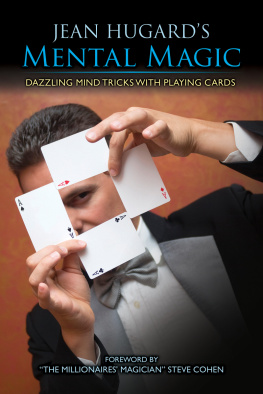
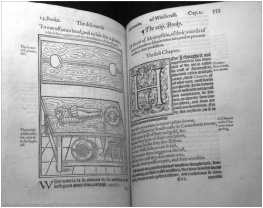
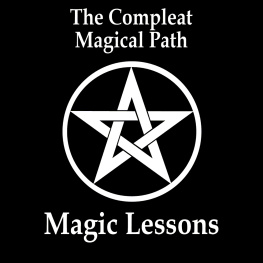
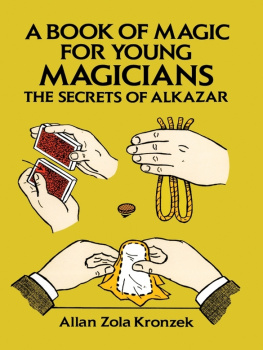

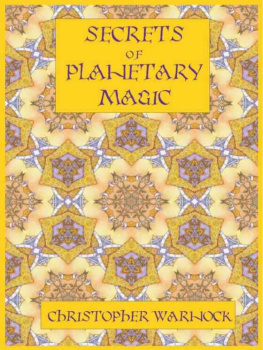
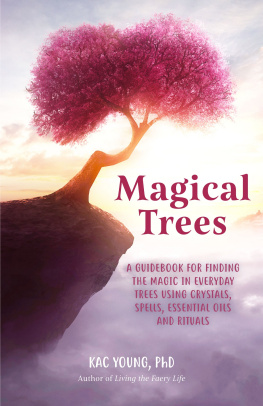
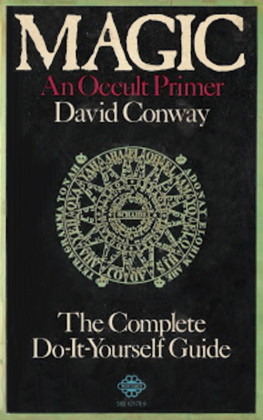
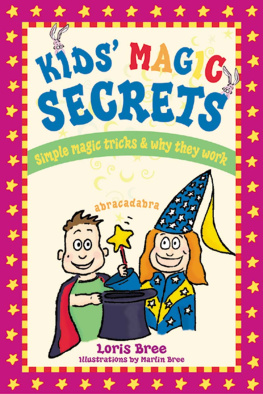

 he starlit sky is magical; the silvery moongliding out of the clouds is magical; the greattrees, the beautiful birds, the rain, the earthpainted green with lush vegetation, the moving sand dunes in the vast desert, a little childs smile inshort, all things in this world conjured up by the invisiblehand of the master conjurer are magical.
he starlit sky is magical; the silvery moongliding out of the clouds is magical; the greattrees, the beautiful birds, the rain, the earthpainted green with lush vegetation, the moving sand dunes in the vast desert, a little childs smile inshort, all things in this world conjured up by the invisiblehand of the master conjurer are magical. undreds of books have been written on magic and thousands of readers have eagerly gone through them in the hope of finding the secrets of great magical feats like levitation (floating in the air), sawing a lady into two pieces and restoring her again and so on. All they generally learn, is either how to make handkerchiefs disappear, find a selected card from a pack of cards and such other sleight of hand tricks; or a lot of stuff about ceremonial magic, black magic, psychic powers and so on which rarely, if ever, can be demonstrated practically. The result is that these great illusions remain closely guarded secrets known only to professional magicians.
undreds of books have been written on magic and thousands of readers have eagerly gone through them in the hope of finding the secrets of great magical feats like levitation (floating in the air), sawing a lady into two pieces and restoring her again and so on. All they generally learn, is either how to make handkerchiefs disappear, find a selected card from a pack of cards and such other sleight of hand tricks; or a lot of stuff about ceremonial magic, black magic, psychic powers and so on which rarely, if ever, can be demonstrated practically. The result is that these great illusions remain closely guarded secrets known only to professional magicians.